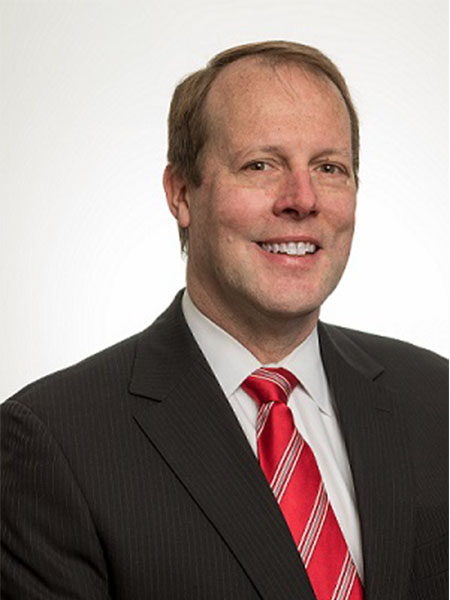The Westfield wastewater treatment plant (WWTP) was a 3.75 million gallon per day (MGD) sequencing batch reactor (SBR) facility. Additional capacity was needed to ensure the WWTP had adequate treatment capacity for the rapidly growing service area. The WWTP expansion increased the hydraulic capacity to an average daily flow of 5.0 MGD and design peak flow of 12 MGD.
The WWTP consisted of a triplex submersible raw sewage pump station, influent fine screening, vortex-style grit removal, three (3) SBR basins, chemical phosphorus removal with alum, and ultraviolet (UV) Disinfection. Solids were digested in two (2) aerobic digesters, thickened with a rotary drum thickener, and stored in two (2) aerated sludge holding tanks. Digested solids were disposed of via liquid hauling.
The expansion project included the construction of a fourth SBR basin and a new biosolids dewatering building. Additional improvements included the following:
- New raw sewage pumps with variable frequency drives (VFDs).
- New, more efficient fixed fine bubble diffusers in the SBRs to replace the existing retrievable diffuser racks.
- Blower piping modifications to maximize flexibility.
- New VFDs for the SBR blowers to reduce power costs.
- A new fifth SBR blower to provide the ability to dedicate a blower to a basin while draining.
- Centrifuge dewatering units for biosolids dewatering to reduce biosolids disposal costs.
The new biosolids dewatering building includes two centrifuge dewatering units in the upper level of the building and auger conveyors with automated gates to load either semi-trailers or roll-off dumpsters in the dumpster room below. New sludge feed pumps were provided along with polymer feed systems and convenient chemical tote access in the polymer room on the lower level. The project cost was $17.85 million.
